In the realm of fermented foods, kimchi stands as a crown jewel—a vibrant, spicy, and tangy staple of Korean cuisine. But behind its bold flavors lies an invisible army of microbial defenders: the probiotics that not only bring kimchi to life but also guard its integrity. These microscopic warriors, often referred to as the "Kimchi Guardians," are the unsung heroes of fermentation, ensuring each batch remains flavorful, safe, and packed with health benefits.
The journey of kimchi begins with humble ingredients—napa cabbage, radishes, garlic, ginger, and chili peppers—but its transformation is nothing short of alchemical. The magic happens when lactic acid bacteria (LAB), the most prominent members of the probiotic brigade, take charge. Species like Lactobacillus plantarum, Leuconostoc mesenteroides, and Weissella koreensis dominate the fermentation process, converting sugars into lactic acid. This not only preserves the vegetables but also creates the signature tangy punch that kimchi lovers crave.
What makes these probiotics true guardians is their ability to outcompete harmful bacteria. The acidic environment they create is hostile to pathogens, effectively turning the kimchi jar into a fortress. This natural preservation method has been honed over centuries, long before modern refrigeration existed. The probiotics don’t just protect the kimchi; they also bestow it with health-boosting properties, from aiding digestion to strengthening the immune system.
Beyond their protective role, these microbes are master flavor architects. The succession of bacterial activity during fermentation—starting with Leuconostoc and transitioning to more acid-tolerant species like Lactobacillus—creates a complex flavor profile. Early stages yield mild, slightly sweet notes, while prolonged fermentation deepens the taste into a robust, umami-rich experience. This dynamic interplay is why no two batches of kimchi are exactly alike, each telling its own microbial story.
The resilience of kimchi probiotics is another marvel. Unlike many lab-cultured strains that perish in harsh stomach acid, these naturally fermented microbes often survive the digestive tract, reaching the gut alive. There, they contribute to a balanced microbiome, combating inflammation and even influencing mental health through the gut-brain axis. It’s no wonder kimchi has earned its reputation as a superfood, with its probiotic army doing much of the heavy lifting.
Yet, the Kimchi Guardians face modern challenges. Industrial production often shortcuts fermentation with vinegar or pasteurization, sacrificing live probiotics for shelf stability. Traditional methods, though slower, remain unmatched in cultivating a diverse microbial ecosystem. Advocates argue that preserving these age-old techniques is crucial, not just for taste but for maintaining kimchi’s probiotic potency—a lesson in valuing quality over convenience.
In kitchens worldwide, a quiet revolution is brewing as home fermenters embrace the art of kimchi-making. By nurturing these probiotic warriors, they’re not just creating food; they’re sustaining a living tradition. Every bubbling jar is a testament to the enduring power of microbes—tiny guardians ensuring that each bite of kimchi is bursting with life, flavor, and centuries of wisdom.

By /Jul 7, 2025

By /Jul 7, 2025
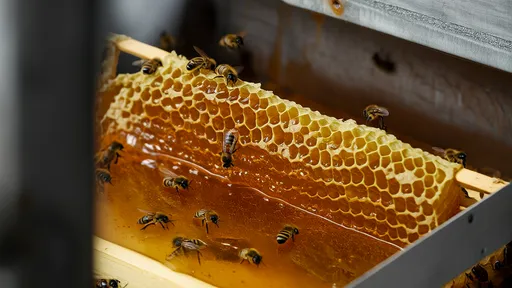
By /Jul 7, 2025

By /Jul 7, 2025

By /Jul 7, 2025
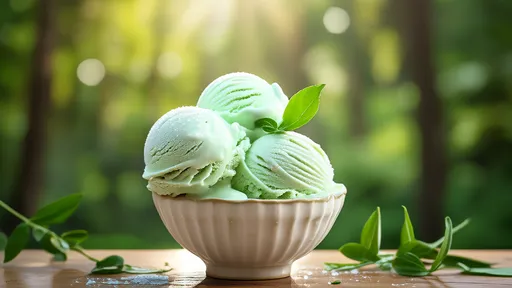
By /Jul 7, 2025

By /Jul 7, 2025

By /Jul 7, 2025

By /Jul 7, 2025

By /Jul 7, 2025

By /Jul 7, 2025
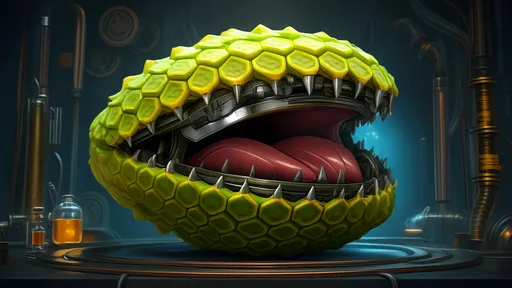
By /Jul 7, 2025
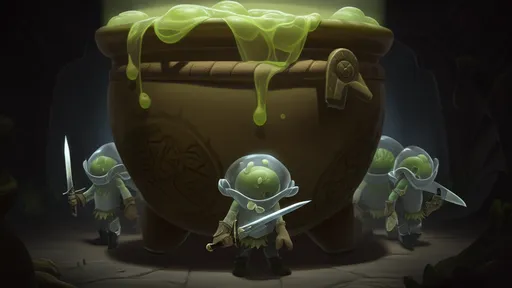
By /Jul 7, 2025
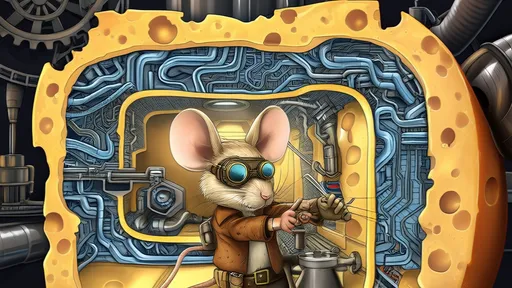
By /Jul 7, 2025

By /Jul 7, 2025
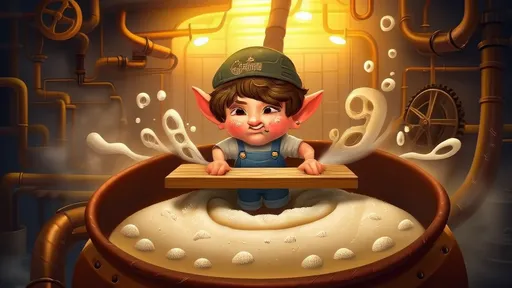
By /Jul 7, 2025

By /Jul 7, 2025
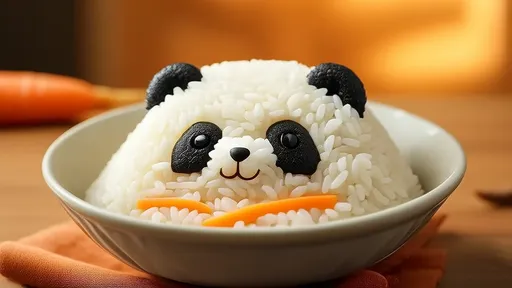
By /Jul 7, 2025